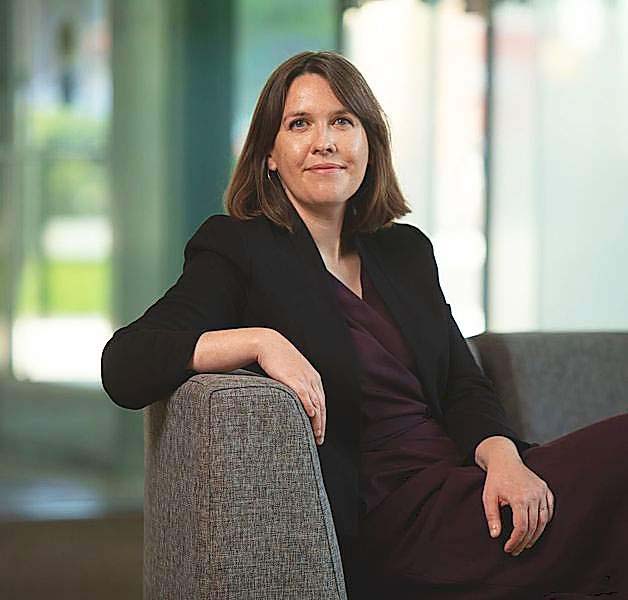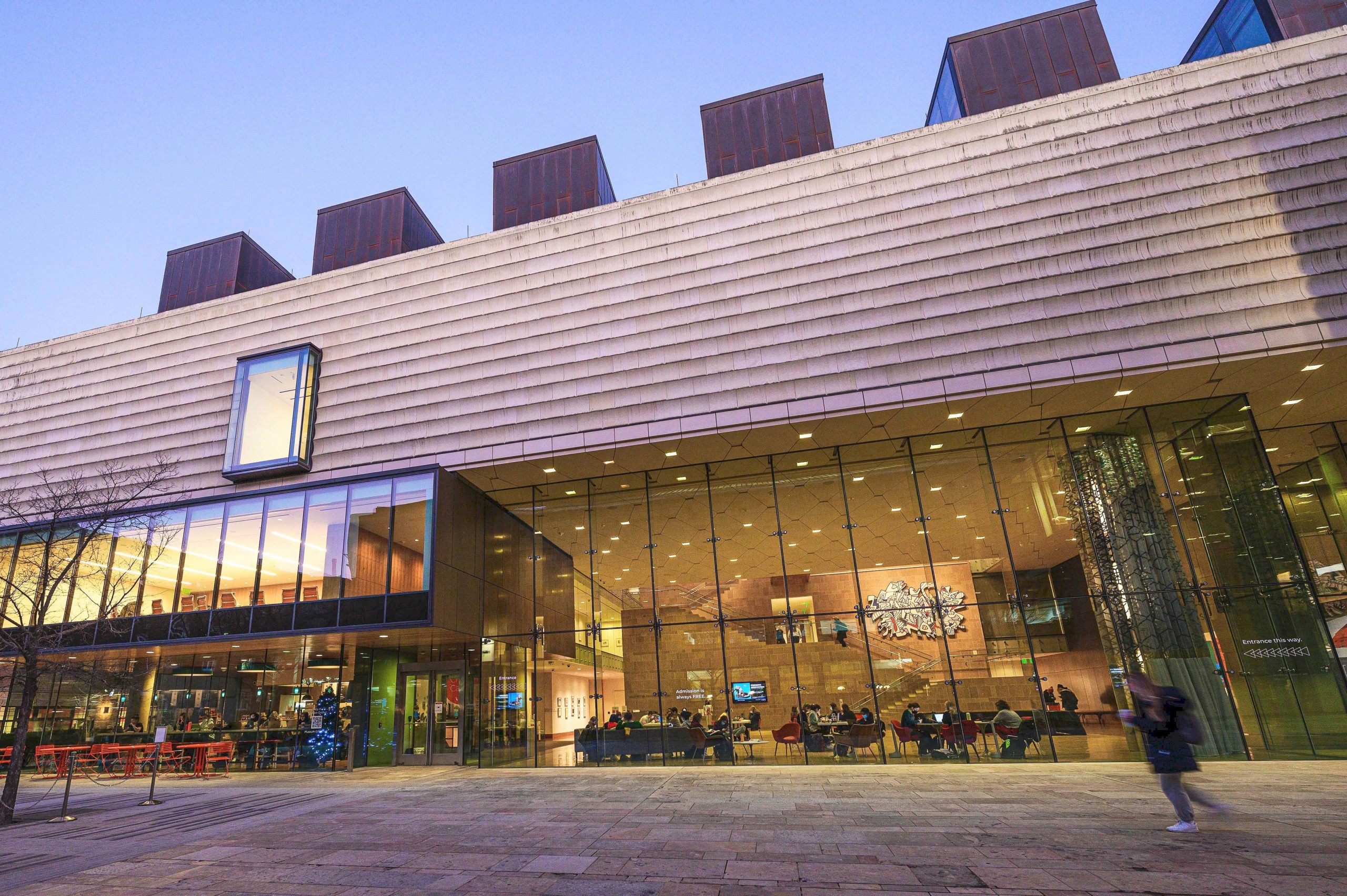
Berit Ness. Courtesy Chazen Museum of Art.
The Chazen Museum of Art at the University of Wisconsin-Madison (UW-Madison) recently announced the addition of a new position to the museum’s team, focused on enhancing accessibility and inclusion: chief engagement officer. Berit Ness, former associate director and curator of academic engagement at the Smart Museum of Art at the University of Chicago, is stepping into the new role at the Chazen; Antiques and The Arts Weekly spoke with Ness to get the inside scoop on the brand-new position and how it engages with the community at large.
Congratulations on becoming the Chazen Museum of Art’s first-ever chief engagement officer! How did this position come about?
Thank you! It is wonderful to have the opportunity to join the Chazen Museum of Art in this inaugural role. Under director Amy Gilman’s leadership, the Chazen has committed to being increasingly more welcoming and accessible. From making operational changes to be open seven days a week to hiring dedicated academic and public programming staff, my colleagues at the Chazen have concertedly focused on expanding access to students, staff, faculty and community members.
The chief engagement officer role is the next phase of this multi-year effort and was created to also bring together the museum’s academic and public engagement, visitor services and communications departments to holistically serve visitors’ experiences. As I come into this newly created position, I am eager to develop new threads of collaboration across the museum both internally and with the public.
You are a graduate of UW-Madison. What did you study there, and how did it lead you to where you are today?
I was a graduate student in UW-Madison’s art history department, which is physically housed in the Chazen’s Elvehjem building. As a student, I leveraged this close relationship to incorporate many artworks from the Chazen’s collection in my studies — including for my master’s thesis, which drew inspiration from a Claes Oldenburg sculpture that is now irreversibly decaying due to an inherent material defect. This experience working directly with collections, archives and the people who steward them deepened my love of working in museums. Now that I am within the institution, I strive to regularly support student research projects and emphatically make the Chazen’s collection accessible to the next generation of curious-minded people.
You were also the previous associate director and curator of academic engagement at the Smart Museum of Art at the University of Chicago. How did that position prepare you for your current position at the Chazen?
At the Smart Museum of Art, I built pathways for teaching, learning and research with the museum’s collections, exhibitions and broader resources. This included supporting hundreds of interdisciplinary class visits to the museum, partnering with faculty and students to curate curricular-driven exhibitions and conceptualizing programs that brought the campus and Chicago’s expanded communities together. This background prepared me to think about “engagement” in its multitudes. A visitor’s museum experience is not one-size-fits-all. I hold on to this principle in the work I do and aim to build points of access that are tailored to the individual goals, desires and needs of different stakeholders.

The Chazen Museum of Art on its annual Study Day, where students can utilize the museum as a study space during finals season. Courtesy Chazen Museum of Art.
The chief engagement officer position centers around connecting with students, the general public and the broader community. What are some of your ideas on how to make these connections?
University art museums often get asked questions about who they serve in a way that can feel like campus and community are completely separate. As a museum that is free and open to all, the Chazen has an opportunity to intentionally bring these groups together. This starts with the kinds of relationships we’re building and how we’re building them reciprocally. Rather than solely developing programs behind closed doors for the Chazen’s public, I am interested in collaborating with stakeholders earlier in the process so that we can learn from each other. One early example is a partnership I’m leading with the Wisconsin Union Directorate Society and Politics non-partisan student group. We’re working together on a public program that aims to foster conversations around art, politics, identity and civic life. Our hope is that the event will be intergenerational and an opportunity for individuals to discuss and share personal values anchored around works of art.
I feel fortunate to do this work at UW-Madison, a public land-grant research institution, which upholds a principle called the Wisconsin Idea that education should influence people’s lives outside the classroom. There are already several inspiring community engagement initiatives across campus, and I am excited to thoughtfully fold the Chazen into these programs.
What are you most excited about with this new opportunity at the Chazen?
It feels like I have joined the Chazen at exactly the perfect time! The museum is in the midst of planning a major reinstallation of its permanent collection galleries (approximately 50,000 square feet of space) through a process that is deeply thoughtful and collaborative. Rather than displaying the collection chronologically or by geographical region, we will instead foreground two dozen focus objects that link to other collection artworks thematically.
I am eager to contribute to this project in several ways, including partnering with our curators on gallery interpretation to help ensure our didactics are captivating and accessible. We also have an opportunity to get playful. In between the Chazen’s formal galleries are a series of niches, which we plan to install with an array of different interactives to offer more ways for visitors to engage with the Chazen. My goal is for these 15 niches to be micro-exhibitions that anchor and visualize the museum’s partnerships across the university’s and Madison’s communities. For example, what might it look like to collaborate with printmaking students and local presses to visualize different processes? This is one small example of a project I hope will bring new voices into the museum.
—Kiersten Busch




